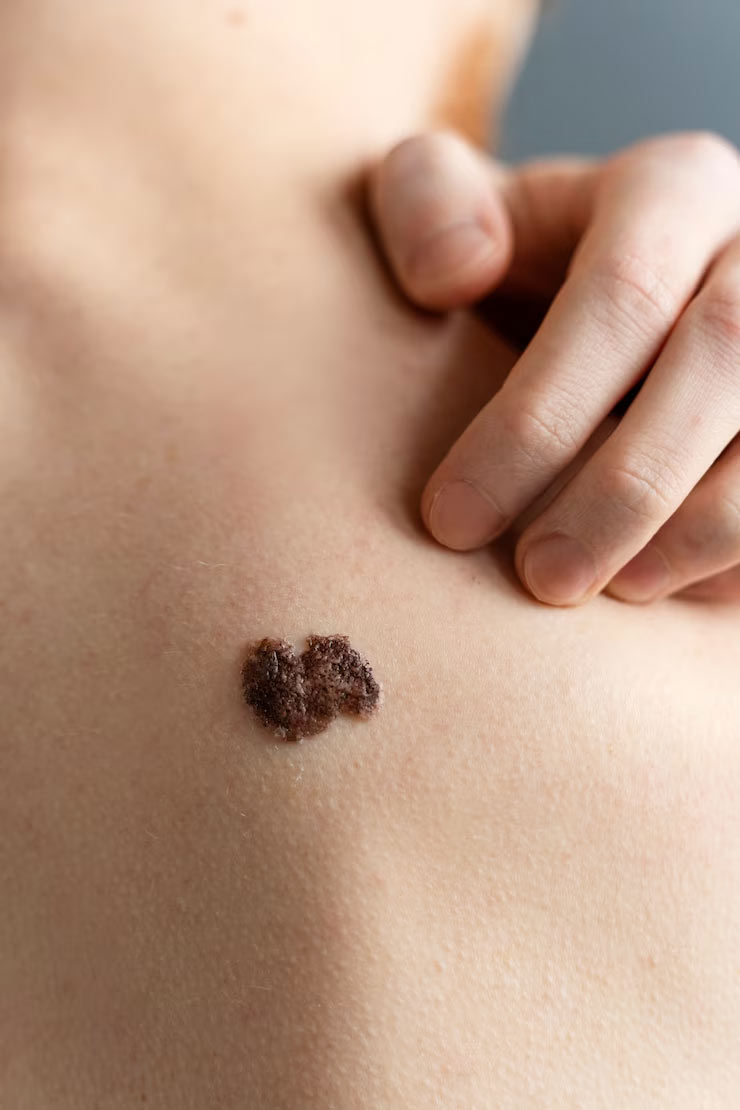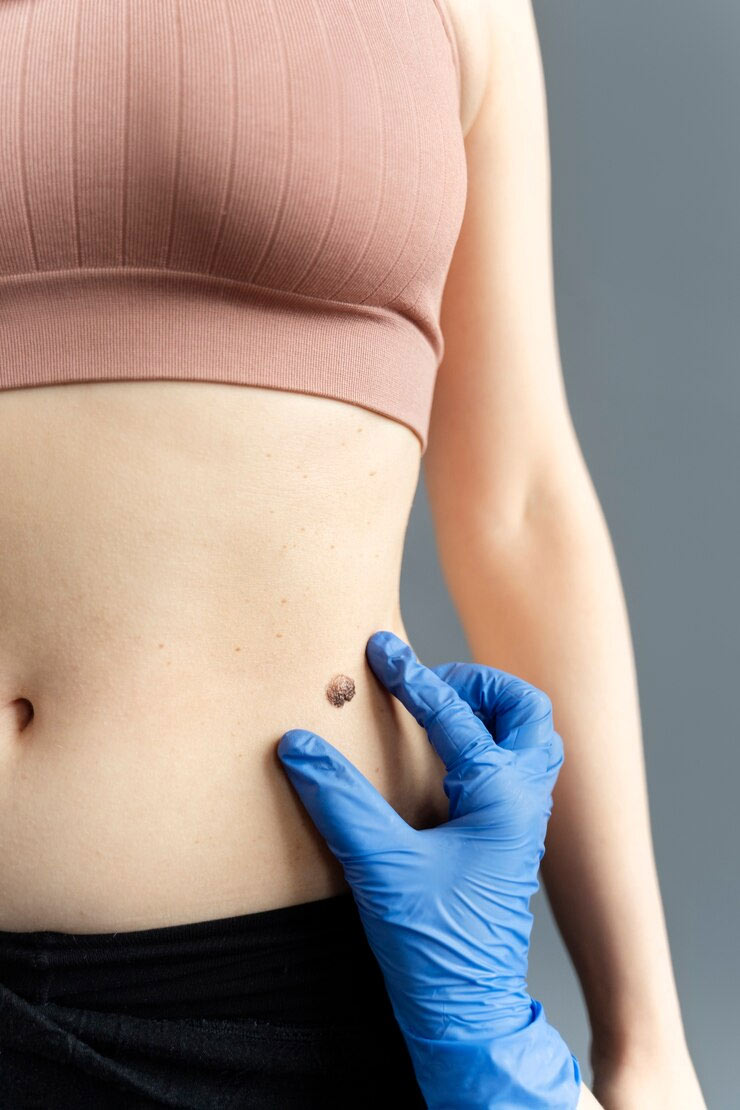Moles are a familiar sight to many of us, but what happens when they start to change? A shift in shape, size, or colour can be a cause for concern. It is essential to keep an eye on our skin and know when to seek medical attention. In this article, we'll guide you through the warning signs of changing moles and share tips from our expert, Dr Niti Gaur, MD, Fellowship in Cosmetic Dermatology (Singapore, USA), Board Certified Dermatologist Founder of Citrine Clinic, Gurgaon.
Are Your Moles Changing? When to Worry?
Dr Gaur said, “Moles are common skin growths that can appear anywhere on the body. They are formed when the pigment cells grow in clusters instead of spreading evenly throughout the skin.”

She mentioned that moles are typically round or oval-shaped with smooth, well defined edges. They can be flat or slightly raised, and their colour is usually uniform. They are symmetric, and asymptomatic.
Dr Niti shared, “In addition to these characteristics, it's important to be aware of the ABCDE rule when assessing moles.”
- A - Asymmetry: The expert said that loss of collagen as we age can lead to thinning and increased fragility of the skin which can cause the moles to become more prominent or develop a raised appearance. “Additionally, the ageing process can result in the formation of age spots on the sun-exposed areas, which are often mistaken for moles. While these are harmless, differentiating them from potentially cancerous moles is essential,” she added.
- B - Border: “Moles with irregular or blurred borders should be evaluated.”
- C - Colour: “Moles with multiple colours or unusual colour changes should be examined.”
- D - Diameter: Normal moles are typically smaller than six millimetres in diameter. Moles larger than this should be assessed by a dermatologist.”
- E - Evolution: “Normal moles usually remain stable over time. Any changes in size, shape, colour, or texture should be monitored and evaluated.”
Don't Miss:How to Avoid Impulse Buying
Potential Causes Of Changing Moles
1. Natural Ageing Process

2. Hormonal Changes: “Hormonal fluctuations, such as those occurring during pregnancy or puberty. These changes may include an increase in size, darkening, or the development of new moles,” shared Dr Gaur.
3. Sun Exposure: Dr Niti said, “Prolonged and unprotected exposure to UV radiation can damage the DNA in skin cells, leading to the development of abnormal moles or the transformation of existing moles into melanoma, a type of skin cancer.”
4. Genetics: “Genetic factors play a role in mole development and changes. Some individuals may be more prone to developing atypical or changing moles due to their genetic makeup,” states the expert.
Dr Niti said that you are recommended to regularly examine your skin and keep track of any changes in the size, shape, colour, or texture of your moles. She also mentioned that if you notice any suspicious changes, you must consult a dermatologist for further evaluation.
Prevention Tips
“The number one protector is sunscreen. Wearing SPF 30 or higher, and re-applying every 2-3 hours is crucial for protecting against skin cancer. UV rays can reach our skin even if we are wearing long sleeves and pants. Choosing photo protective clothing with Ultraviolet Protection Factor (UPF) 50 or higher will protect your non-exposed skin from these harmful rays,” said the expert.
Don't Miss:4 Benefits Of Using Potato Peels On Your Face
If you liked this story, then please share it. To read more such stories, stay connected to HerZindagi.
Image Credits: Freepik

Take charge of your wellness journey—download the HerZindagi app for daily updates on fitness, beauty, and a healthy lifestyle!
Comments
All Comments (0)
Join the conversation